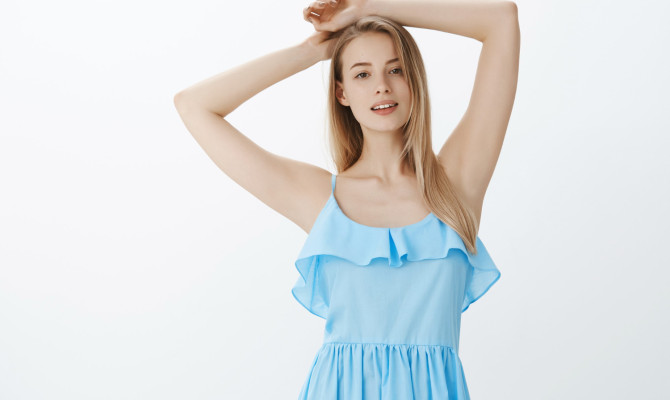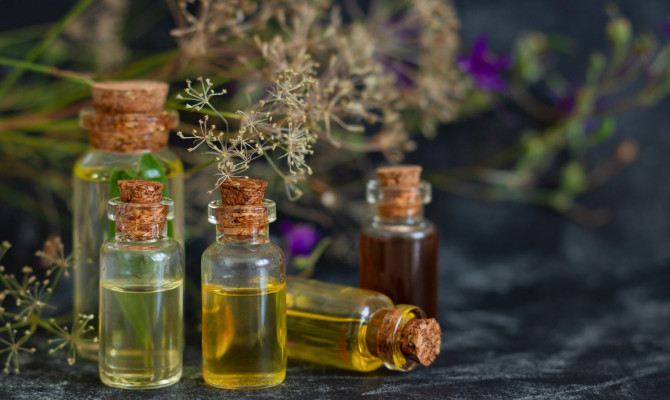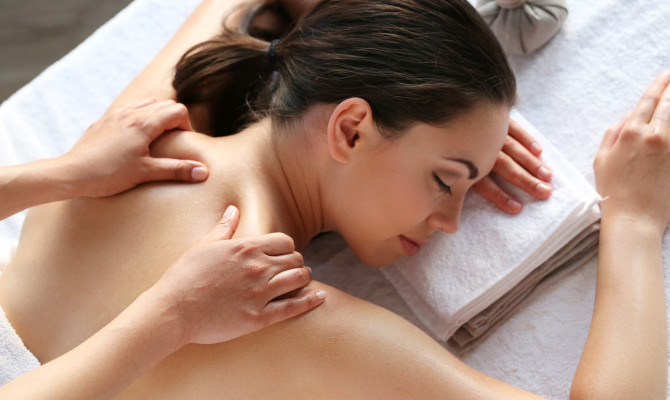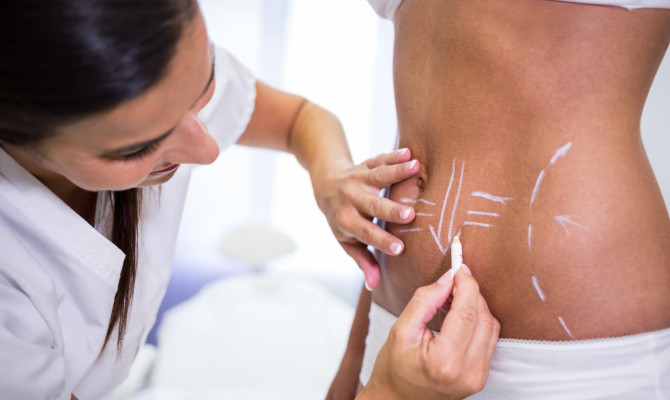Does Hair Dye Kill Lice? Treatment & Natural Remedies For Lice

- Hair Dye
- 11 Sep 2023
Introduction
Does Hair Dye Kill Lice?
Head lice are a terrible fear in everyone’s mind. It is an annoying and embarrassing condition that affects the life of most people. Kids, youngsters, and caretakers have the utmost possibility of having head lice invasion. Head lice are wingless tiny crawling parasites (insects) that live on people’s hair and feed on the scalp’s blood. The insect’s size is that of a benniseed (sesame), and the color varies from white to brown. There are inadequate studies to validate if hair dye eradicates lice. However, several unscientific facts indicate that chemicals in the hair dye, viz, hydrogen peroxide and ammonia, might kill them. Yet, one should never forget that no hair dye can kill the lice eggs (nits).
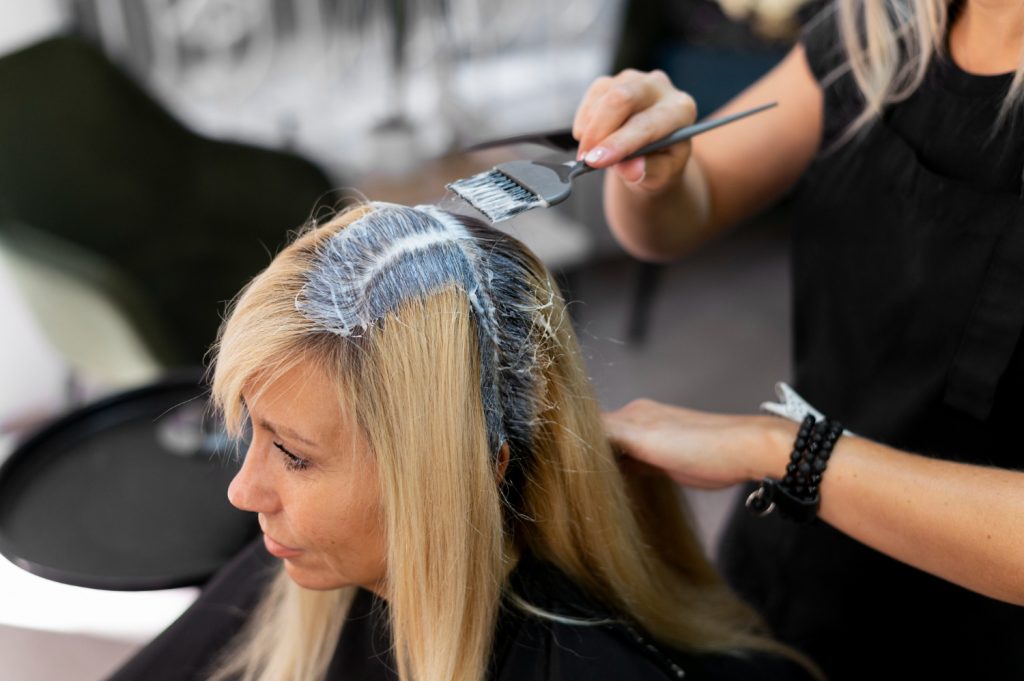
The article will explore how chemicals in hair dye impact lice, the use of hair dye to eradicate lice, hair dye’s precautions and risks, lice treatment, and some natural ways to tackle lice effectively.
Ammonia
Does Ammonia in Hair Dye Affect Lice?
- Most permanent hair dyes have hydrogen peroxide and ammonium persulfate (chemical). Hydrogen peroxide is a chemical substance with a pungent odor that can kill germs. Ammonia is a poisonous erosive substance that liberates an annoying gas that the lice cannot bear, making them die.
- Informal facts suggest that alkaline ammonia and hydrogen peroxide in permanent dye help to kill the lice.
- Research studies have found that hydrogen peroxide efficiently kills sea lice, but further studies are needed to validate its consequences on head lice.
- The lice eggs have tuft shells with a gluey substance that helps them stick to the hair. The chemicals in hair dye cannot break the egg shells or the gluey material and hence cannot kill the nits. The lice come out from the nits in around ten days. So, the individual must do the hair dye again after ten days to kill the lice 1 Ammonia | Researched based study from Bio Med Central .
Bleaching
Does Bleaching Hair Kill Lice?
- Most hair bleach contains ammonium persulfate, stearyl alcohol, and hydrogen. Ammonium persulfate is a colorless substance with an unpleasant odor that helps remove the original color. Stearyl alcohol is a fatty alcohol in most cosmetics and dyes and is slightly toxic to insects.
- These chemical substances in hair bleach might help kill the lice. But notably, these substances are again ineffective to lice eggs, similar to hair dyes 2 Bleaching | Researched based study from National Library of Medicine .
Hair Dye to Kill Lice
Use of Hair Dye to Kill Lice
- One wishing to eradicate lice with hair dye must repeat the process every ten days until the lice get removed.
- People can also practice dyeing and bleaching with other alternative treatments, viz, vinegar and combing. Informal studies indicate vinegar kills lice eggs, but no scientific proof exists.
Steps to follow for lice removal with hair dye
- Cover the entire hair near the scalp with vinegar: water (1:1) and leave for around 10 minutes. One experiencing any discomfort must wash it immediately.
- Rinse the hair thoroughly with lukewarm water
- Remove the lice and eggs with a lice comb
- Next, prepare the hair dye as directed in the package instruction
- Put the hair dye on the previously vinegar-treated areas on the scalp
- After keeping for the recommended time, wash out the hair dye
- Comb the hair with a lice comb and use a dryer to kill away any left-out lice
If you have nits on the hair, you are likely to get lice after a week or so, even after hair dye 3 Hair dye to kill lice | Researched based study from Science Direct .
Precautions
Precautions/Safety Measures While Using Hair Dye
Hair dye can cause fatal allergic reactions and even cause mouth injury and abdominal discomfort when swallowed.
- Use appropriate gloves while dyeing the hair
- Avoid dyeing the eyelashes and the eye-brows
- While dyeing the hair, keep away from touching the mouth and eyes
- One must refrain from using hair dye to treat lice of youngster’s hair. The youngster’s hair is more delicate than the adult’s hair and can cause potential hair damage 4 Precautions | Researched based study from National Library of Medicine .
Risks

Risks of Using Hair Dye
Permanent hair dye’s chemicals can cause the following adverse effects-
- Skin redness
- Swelling
- Itching
- Urticaria
- Burning sensation
- Hair dryness
- Hair loss
- Hair breakage
Accidental entering of hair dye into the eyes and mouth can have the following serious effects-
- Chemical burn
- Eye discomfort
- Unclear Vision
- Vision loss
- Nausea and vomiting
- Shortness of breath 5 Risks | Researched based study from Science Direct .
Seek medical help immediately if a person experience any of the above severe symptoms.
Treatment
Treatment to Kill Lice Instantly
There are many lice treatments to try at home, but most of them, viz; medicated shampoos have become ineffective for most lice due to the development of resistance against them. However, all anti-lice treatment requires post-combing with a fine comb.
Some of the standard treatments are listed below-
Over-the-counter anti-lice treatment
Nix (1% permethrin lotion)
- It is a non-natural treatment to kill both lice and eggs. After treatment, it leaves a residual amount in the hair that kills the nymphs (young lice) that did not die in the first treatment.
- Nix treatment might not be suitable for all people of all age groups, viz., pregnant women, nursing mothers, and children. Consult the doctor if one falls into these groups to avert adverse effects.
Pyrethrins
- It is a natural treatment for treating lice with chrysanthemum extract.
- The treatments only kill the lice and not their eggs, so one must repeat the process after one week. However, individuals allergic to ragweed or chrysanthemum must not try the treatment.
Other treatments
- To ward off the lice, one can also try lavender, coconut oil, and rosemary.
- Cover the scalp with mayonnaise and olive oil and leave it for one day by casing it with a shower cap and later pin it up so that the hair doesn’t come out of the cap. The remedy has no scientific evidence, but some believe it chokes the lice and finally kills them.
If one does not get relief with the home treatment, speak to your doctor for other treatments.
Some of the prescription medication that doctors usually recommend for lice treatment is listed below-
- Ivermectin lotion
- Malathion medication
- Lindane shampoo
- Benzyl alcohol lotion 6 Treatment | Researched based study from National Library of Medicine .
Tips to follow after lice treatment
- Remove lice with a fine comb
- Avoid shampoos for about 48 hours
- Soak the combs for ten minutes in boiling water to kill those stuck to the comb.
- Check for lice and eggs after every 12 to 14 days
Natural Remedies
Natural Treatment to Kill Lice
Wet combing
- Apply conditioner on the damp hair and comb it with a lice comb
- Use a hand glass and inspect each hair strand for lice and then remove it
- Although the method is effective, it requires much time and effort.
Put essential oils
Essential oils are very effective in treating lice, but one must mix them with carrier oil before applying.
However, there needs to be more studies to confirm if it’s safe for youngsters.
Some of the essential oil for treating head lice is listed below-
- Tea tree oil
- Clove oil
- Neem oil
- Cinnamon leaf oil
- Eucalyptus oil
- Peppermint oil
- Aniseed oil
One can mix the essential oil with olive oil and apply it to the scalp. Leave it for 12 hours, comb it to remove nits and lice, shampoo, and wash thoroughly.
Choke the lice
- Choking or suffocating treatment allows lice to move slowly and catch on to the comb quickly.
- Cover the comb or hair with almond oil before combing your child. Check the comb for lice and rinse it in running hot water.
- Repeat the procedures daily for about a week or until all the lice have moved out.
Wash the items
- Clean all the lice-infested things in hot water, preferably 54 degrees centigrade.
- Then, insert them in a hot dryer for twenty minutes to kill any lice and their eggs.
- One can also use vacuum cleaners to clean the floors where lice have fallen 7 Natural Remedies | Researched based study from National Library of Medicine , 8 Natural Remedies | Researched based study from British Medical Journal .
Post Treatment
Dyeing Hair After Lice Treatment
Lice treatments usually wholly remove the lice and eggs. Lice treatment can impact the hair, depending on the type of treatment, hair, and other factors. After lice treatment, an individual might experience hair dryness and temporary color change due to certain chemicals viz; permethrin present in the treatment.
Dyeing hair
There are specific risks in dyeing hair just after lice treatment, and are as follows-
Sensitivity reaction
- Some lice treatments can cause sensitivity in some individuals. So, using hair dye just after treatment will only augment the allergic reaction.
Hair damage
- Lice treatment contains chemicals that weaken the hair, so immediate hair dyeing after lice treatment might cause hair loss and breakage.
Ineffectiveness
- Dyeing hair too early after lice treatment might interfere with the lice treatment chemical, making it ineffective in nits (lice eggs) removal 9 Post Treatment | Researched based study from National Library of Medicine .
Time to wait before dyeing after lice treatment
The waiting time depends on the lice treatment one is taking up. Here are some of the waiting times for different lice treatments-
Natural lice treatment
- Wait 14 to 21 days before hair dyeing for vinegar or tea tree oil treatment. It will give time for the hair to recover from the treatment.
Chemical lice treatment
- For anti-lice shampoos containing pyrethrin or permethrin, wait 7 to 14 days before hair dyeing.
- It will allow the hair to recover from the probable chemicals from the lice treatment.
Prescription lice treatment
- Ask your doctor how long to wait before hair dyeing for prescription lice treatment.
- After lice treatment, one should choose gentle hair dye products free from peroxide or ammonia to minimize hair damage.
Life Span
Life Span & Life Cycle of Lice
How long do lice live?
Lice feed on blood and survive for around thirty days. Female lice lay several nits, i.e., eggs (usually 4 to 6) daily.
Life cycle of lice
- The life cycle starts with the egg or nits. The egg is white and attaches to the human hair with the glueyness in the egg’s shell.
- After about eight to ten days, the egg hatches to become a nymph (young louse). The nymph finally grows into adult lice in around ten to twelve days. The adult lice live for about 21 to 28 days.
- Lice are parasites, and they always need a host, viz; human, to live and reproduce.
- The lice die without a host in around one day. Although lice can move on objects, they can’t survive more than 24 hours in them without a human host 10 Life Span | Researched based study from National Library of Medicine , 11 Life Span | Researched based study from National Library of Medicine .
Takeaway
Hair Dye to Kill Lice-An Assessment
- Hair dye might destroy lice due to its lice-sensitive chemical contents, such as hydrogen peroxide and ammonia.
- Hair dye cannot eradicate the eggs due to the hard shell around them. So, lice will likely return once they hatch, even after hair dye.
- The information that hair dye and bleach kill lice is theoretical and informal. There is no scientific proof. Further research studies are warranted to validate the effect of hair dye on lice.
- Individuals dying their hair must take necessary precautions to prevent complications from the dye chemicals.
- Other effective treatments are also available to eliminate lice and nits.
- Individuals willing to remove lice with dye or bleach must use a lice comb to withdraw from the hair and keep an eye on the lice that would come up after a few days.
Any feedback on this article?
 This Articles content was accurate
This Articles content was accurate Very Informative Article
Very Informative Article I have a question or a comment
I have a question or a comment
 This article contains inaccurate content
This article contains inaccurate content This article was not helpful
This article was not helpful I have a question or a comment
I have a question or a comment
We appreciate your helpful feedback!
Checkout our social pages
References
-
Bio Med Central
Ammonia
-
National Library of Medicine
Bleaching
-
Science Direct
Hair dye to kill lice
-
National Library of Medicine
Precautions
-
Science Direct
Risks
-
National Library of Medicine
Treatment
-
National Library of Medicine
Natural Remedies
-
British Medical Journal
Natural Remedies
-
National Library of Medicine
Post Treatment
-
National Library of Medicine
Life Span
-
National Library of Medicine
Life Span













